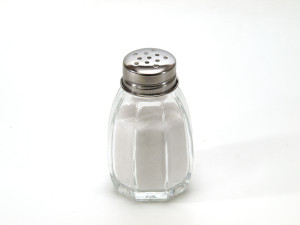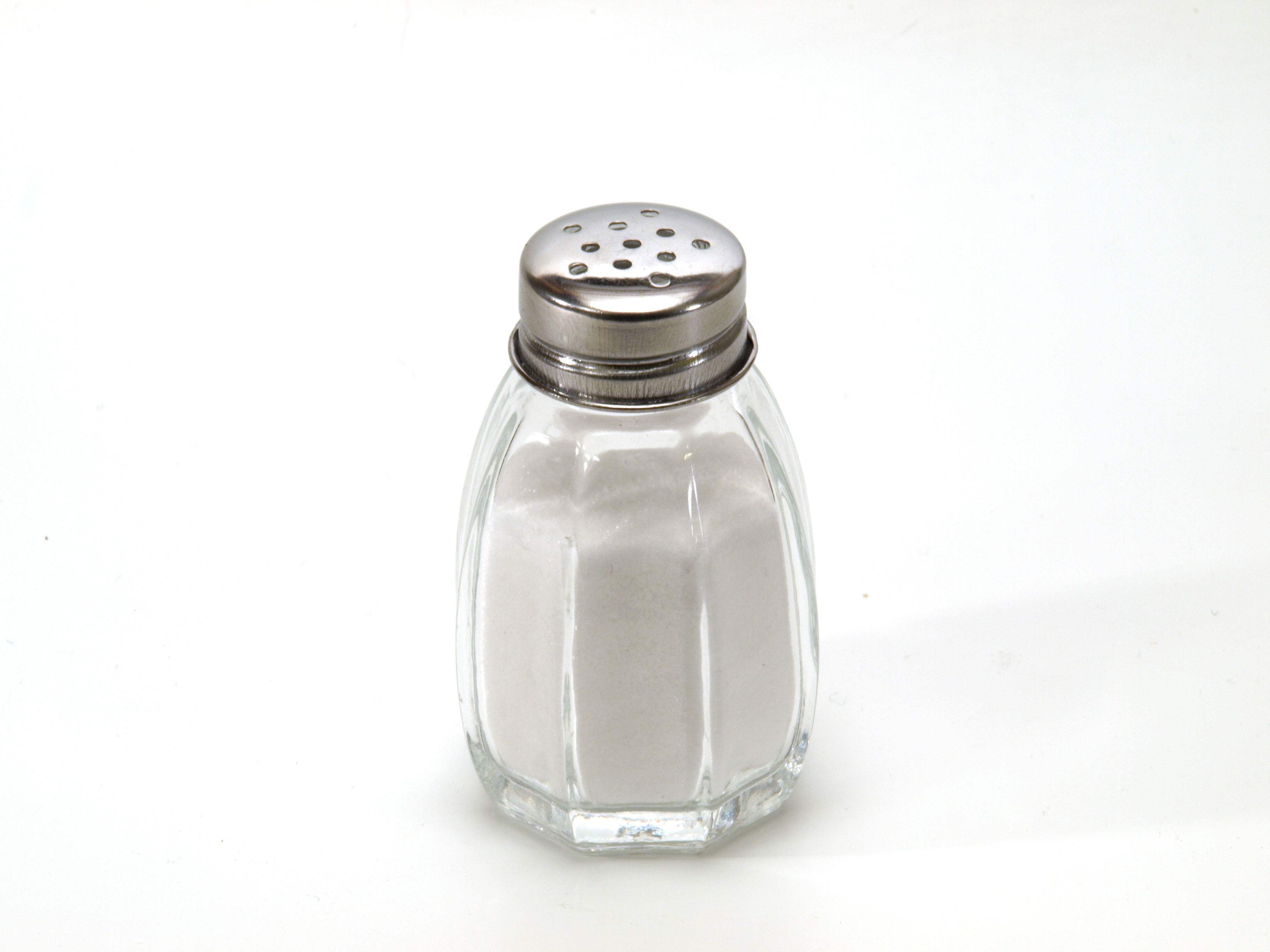By: Sherrie Wang
Scientists have recently discovered that supermarket salt from China contain tiny plastic particles. All fifteen brands of salt analyzed contained particles of water bottle plastic, cellophane, and a wide variety of other plastics. Sea salt had contained by far the most plastic with up to 1,200 pieces found per pound of salt; lake salts and rock salt may also hold up to 800 and 450 pieces, respectively. A person in China getting the recommended daily intake of salt would end up eating around three pieces of plastic per day, or roughly 1000 plastic particles per year.
Pieces of plastic have been found in Chinese shellfish as well. Out of the nine local species of bivalves observed, there turned out to be 2 to 10 microplastics per gram of edible bivalve tissue. Eating a large amount of seafood has been estimated to add 100,000 particles of microplastics to the human diet each year. This number is lower in Europe with only 11,000 particles, but it still creates potential health concerns. Bits of plastic may contain toxic water pollutants such as hydrocarbon, pesticides, and solvents, so even consuming a small portion would be a threat to one’s well-being.
The new discovery of microplastics found in the human diet should come as no surprise. For years, studies have reported finding plastic particles in ocean water due to the large amount of water pollution. In 2011, scientists showed that laundering clothes made of types of plastic shed bits of lint. The wash water carried lint down into the drain and eventually into oceans. It was only recently discovered that microplastics have been eaten by people due to the consumption of salt and shellfish. Although the study was done in China, it is likely that plastics are also contained in the edible goods on American supermarket shelves due to the fact that plastic has become such a ubiquitous contaminant.

